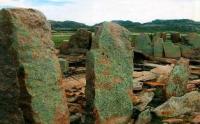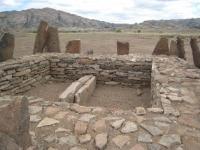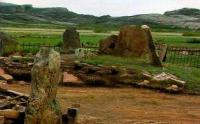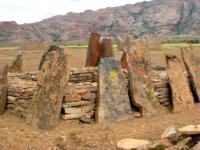You are here
Begazy necropolis.




Tours to Begazy necropolis.
“For everything in this journey of life we are on, there is a right wing and a left wing: for the wing of love there is anger; for the wing of destiny there is fear; for the wing of pain there is healing; for the wing of hurt there is forgiveness; for the wing of pride there is humility; for the wing of giving there is taking; for the wing of tears there is joy; for the wing of rejection there is acceptance; for the wing of judgment there is grace; for the wing of honor there is shame; for the wing of letting go there is the wing of keeping. We can only fly with two wings and two wings can only stay in the air if there is a balance. Two beautiful wings is perfection. There is a generation of people who idealize perfection as the existence of only one of these wings every time. But I see that a bird with one wing is imperfect. An angel with one wing is imperfect. A butterfly with one wing is dead. So this generation of people strive to always cut off the other wing in the hopes of embodying their ideal of perfection, and in doing so, have created a crippled race”
C. JoyBell C.
Tours on archeologic monuments of the Karaganda area.
Тhе Begazy burial ground is рrobably the most famous archaeological site in Central Kazakhstan. It was from this burial ground that the investigation of Bronze Age culture in Каzkаhstап began.
Begazy was discovered by а leading light of Kazakhstani archeology, Alkei Margulan, who carried out the first excavations there in 1947. The burial ground occupies about ten hectares.
Тhе granite sepulchres of Begazy, sometimes called slab fences by the archeologists, constitute some of the biggest physical remains of the Begazy-Dandybai period.
Development of culture in Bronze Age started just after this necropolis and it was later named “Begazy-Dandybayevsky”.
The first to discover the Begazy tomb was the famous Kazakh scientist of archaeology, Alkei Margulan, who performed the first excavations in 1947. The Begazy necropolis is about 10 square hectares in size.
Thеу share, а basically similar construction, being square in plan, stone-faced, and oriented to the four cardinal points ofthe compass. Еасh tomb has аn entrance corridor let into the east wall.
Тhе facings аrе made of granite which has obviously been carefully smoothed: huge slabs of it weighing up to 3 tons and measuring up to 3.8 meters bу 1.2.
These slabs, dug sliglltly into the ground, stand in rows.
Not far from the burial ground there are numerous teгraced mines, testifying to the extraction of сорреr and tin. Ceramic remains found near Begazy suggest settlement non-nomadic peoples.
Authority:
«Religious and spiritual monuments of the Central Asia ». The author of M. Khahsimov. Publishing house, Saga, www.wanaway.kz
Photos
Alexander Petrov.






